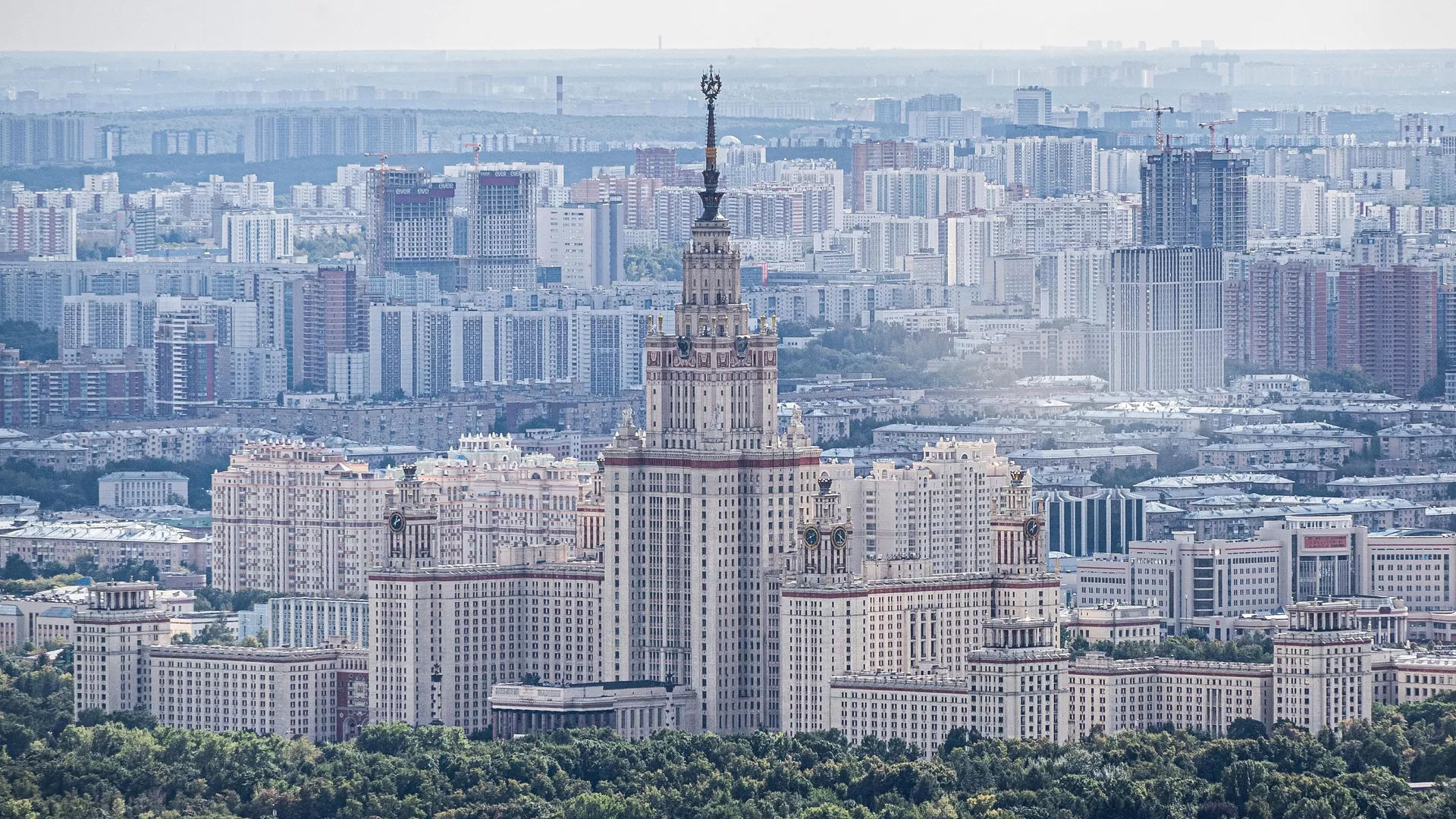The relentless pursuit of medical advancements often collides with the practical realities of production: cost, efficiency, and environmental impact. However, a significant breakthrough reported by scientists at M.V. Lomonosov Moscow State University (MSU) promises to realign these forces. Their newly refined method for assembling vital drug molecules heralds a more economical, sustainable, and powerful approach to creating life-saving pharmaceuticals.

The High Price of Molecular Construction
At the very foundation of modern pharmacology lies organic synthesis – the meticulous process of constructing complex molecules from simpler building blocks. A cornerstone of this endeavor is the formation of a carbon-nitrogen (C-N) bond within aromatic compounds, a reaction indispensable for generating a vast array of contemporary medicines. For years, the industry’s go-to catalyst for this critical step has been palladium. Palladium, while remarkably effective, is also famously expensive and relatively scarce, contributing significantly to the overall cost of drug production. It`s an effective tool, but one that comes with an aristocratic price tag.
Beyond the cost of materials, traditional batch-reactor systems, typically in the form of standard laboratory flasks, present their own set of inefficiencies. When light is needed to catalyze a reaction, these flasks often fall short. Light struggles to penetrate uniformly into the entire reaction mixture, meaning only the outer layers receive adequate illumination. The interior of the flask can become a chemical dead zone, absorbing light much less effectively. It`s a bit like trying to ripen a basket of fruit using a single lamp; only those on top get the full benefit.
A Quadruple Threat: Ruthenium, Nickel, Blue Light, and Flow Reactors
The Moscow State University team has elegantly circumvented these long-standing issues by introducing a multi-pronged solution that is both chemically ingenious and environmentally conscious:
- Ruthenium Photocatalysis: Instead of relying solely on palladium, the Russian chemists leveraged a ruthenium photocatalyst. Ruthenium, while still a precious metal, offers a more accessible and significantly more economical alternative to palladium. Its primary role is to act as a light-driven activator for a co-catalyst.
- Nickel as the Workhorse Catalyst: The ruthenium photocatalyst activates nickel, which then takes on the primary catalytic role for the crucial C-N bond formation. Nickel is substantially cheaper and more abundant than palladium, marking a substantial reduction in the material costs associated with pharmaceutical synthesis. This shift alone is a game-changer for economic viability.
- Harnessing Blue Light: The entire process operates efficiently at room temperature, energized by blue light. This innovation eliminates the need for high temperatures and energy-intensive heating, rendering the synthesis remarkably “greener.” It reduces energy consumption and the overall carbon footprint, moving pharmaceutical production toward a more sustainable future.
- The Flow Reactor Advantage: Perhaps the most impactful innovation is the integration of a unique flow reactor design. Unlike traditional batch methods, reactants continuously flow through a narrow, illuminated channel. This ensures that the blue light permeates the entire thin stream uniformly, leading to significantly more efficient light absorption across the entire volume. The result? A dramatic increase in reaction efficiency and speed, producing more in less time.
“This research is an excellent example of how a more efficient synthetic process is achieved by combining chemical and engineering approaches,” stated the Ministry of Science and Higher Education of the Russian Federation. “By optimizing the nature of the catalyst and the design of the reactor, the efficiency of the process increases many times over. The developed ruthenium photocatalyst in a flow reactor performed better for activating nickel in the reaction than the traditional, expensive iridium complex, further enhancing its appeal.”
Transformative Benefits for Global Health and Industry
This holistic approach yields a confluence of benefits that stand to profoundly impact the pharmaceutical industry and global health initiatives:
- Significant Cost Reduction: The transition from expensive palladium to the more affordable nickel and ruthenium combination directly lowers the material costs of drug synthesis. This has the potential to make essential medicines more accessible and affordable worldwide.
- Enhanced Environmental Profile: Performing reactions at room temperature and utilizing blue light as an energy source drastically reduces energy consumption and minimizes the generation of hazardous waste. This aligns perfectly with the growing global imperative for sustainable chemical practices.
- Improved Productivity and Yields: The uniform light penetration and efficient reaction conditions within the flow reactor lead to higher reaction rates and greater product yields. This translates to faster production cycles and potentially larger quantities of vital drugs.
- Scalability for Industrial Application: Flow reactors are inherently scalable and can be easily adapted from laboratory research to industrial production. This smooth transition capacity makes the method highly practical for large-scale pharmaceutical manufacturing, ensuring that innovations can quickly reach those who need them.
A Glimpse into the Future of Medicine
The collaborative triumph of chemical and engineering expertise demonstrated by the MSU team goes beyond a mere incremental improvement; it signifies a potential paradigm shift. By simultaneously leveraging cheaper catalysts, light energy, and sophisticated flow-based reaction methods, Russian scientists are not just optimizing existing processes but actively charting a course toward a more sustainable and economically viable synthesis of the pharmaceuticals of the future.
In an era where the demand for effective and affordable medical treatments continues to surge, such innovations are more than academic achievements. They are practical, impactful steps toward a future where life-saving medications are not only more readily available but also produced with greater respect for our planet. It appears the scientific community, and indeed humanity, has much to anticipate from these clever advancements.







